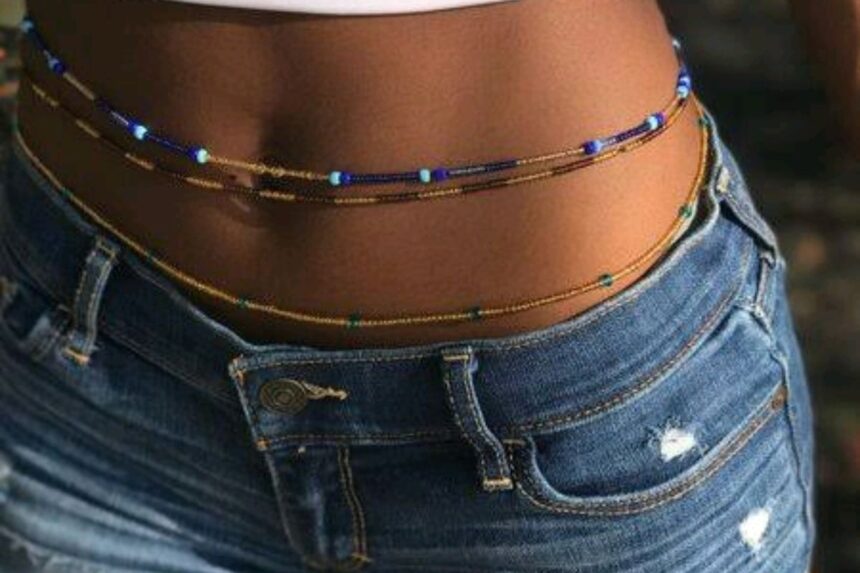Contents
Historical Overview: The Roots of Waist Beads in AfricaHere’s How Waist Beads Are Sometimes Used For Tracking FertilityWaist Beads Benefits: Beyond Aesthetics to SymbolismThe Comprehensive Waist Beads Benefits in Relation to Fertility:The Global Journey of Waist BeadsModern Interpretations and AdaptationsWaist Beads in Popular CultureCultural Practices Across Different African Ethnic Groups:The Mystical Aspects of Waist BeadsInterwoven Stories: Personal Narratives and Waist BeadsThe Science behind the BeliefEconomic and Social BenefitsPreserving the Tradition in Modern Times
The ancient traditions of Africa are teeming with rich cultural symbols and practices, but few are as enchanting and mysterious as the waist beads benefits. These adornments, though seemingly simple, carry with them a deep history and significance. Among the various waist beads, one that stands out strikingly is their connection to fertility.
Read Full Article. View All News. Subscribe Today!
Enjoy 3 Days Free Trial Cancel anytime.
Already a subscriber?Sign In












